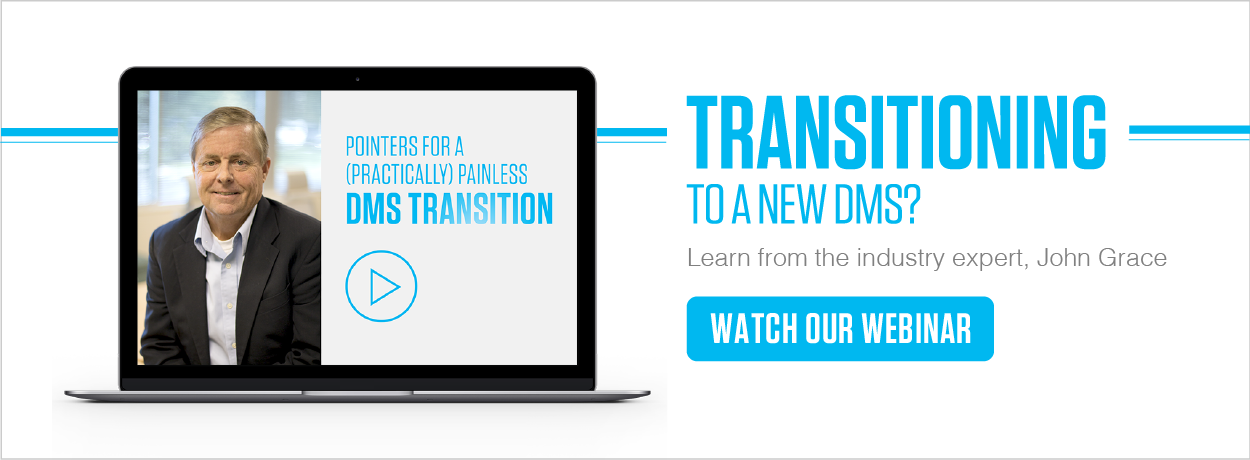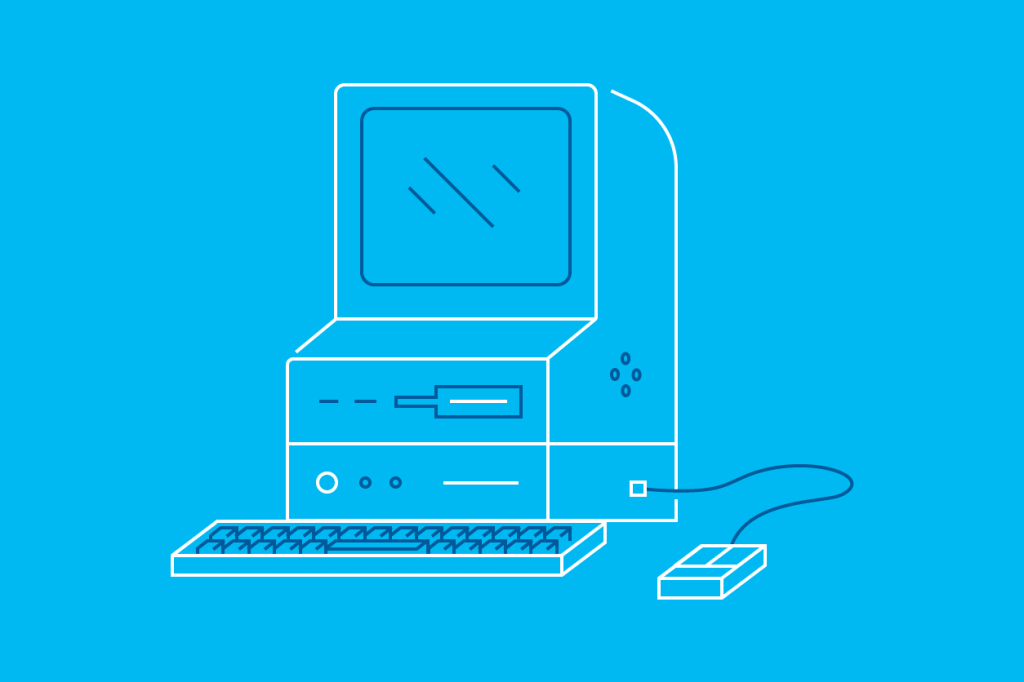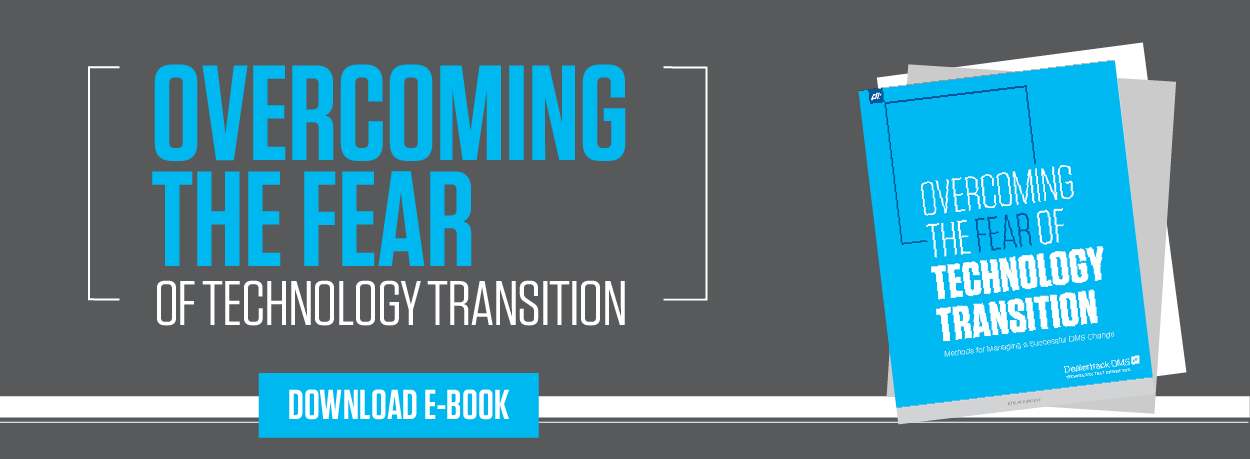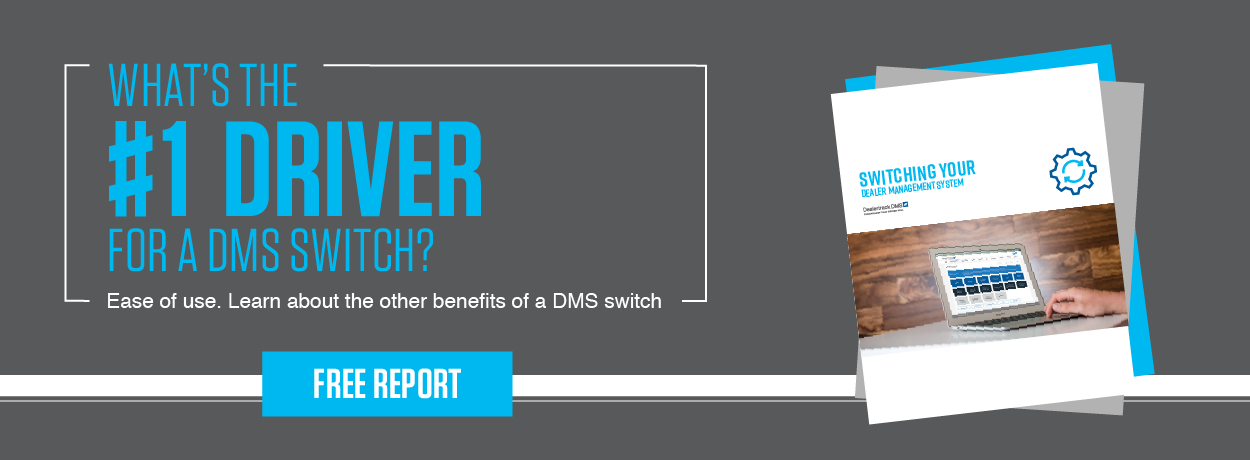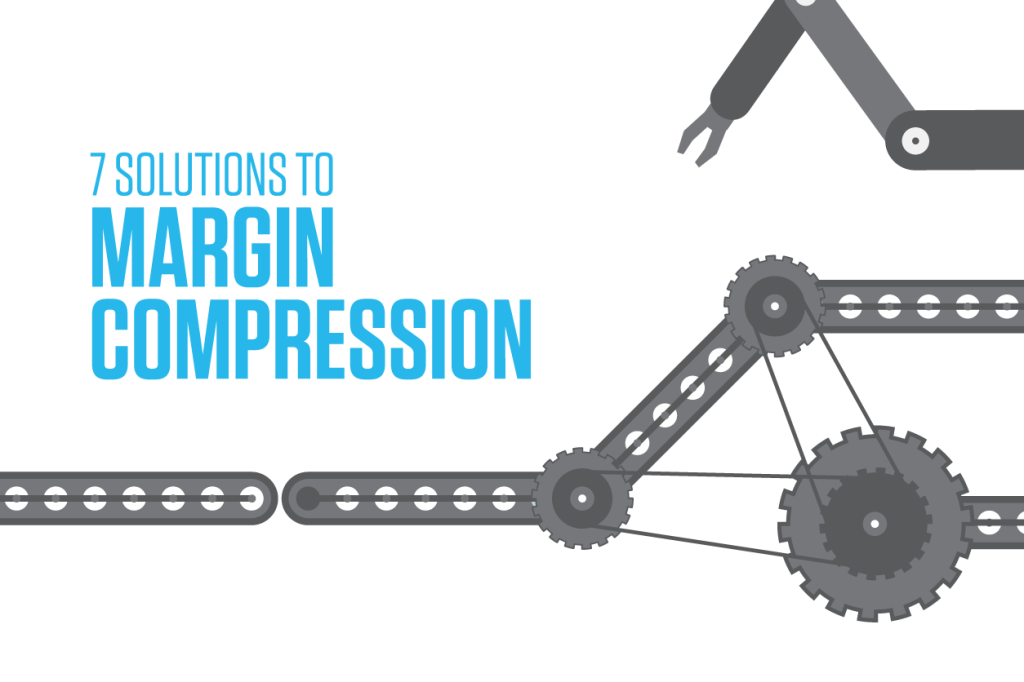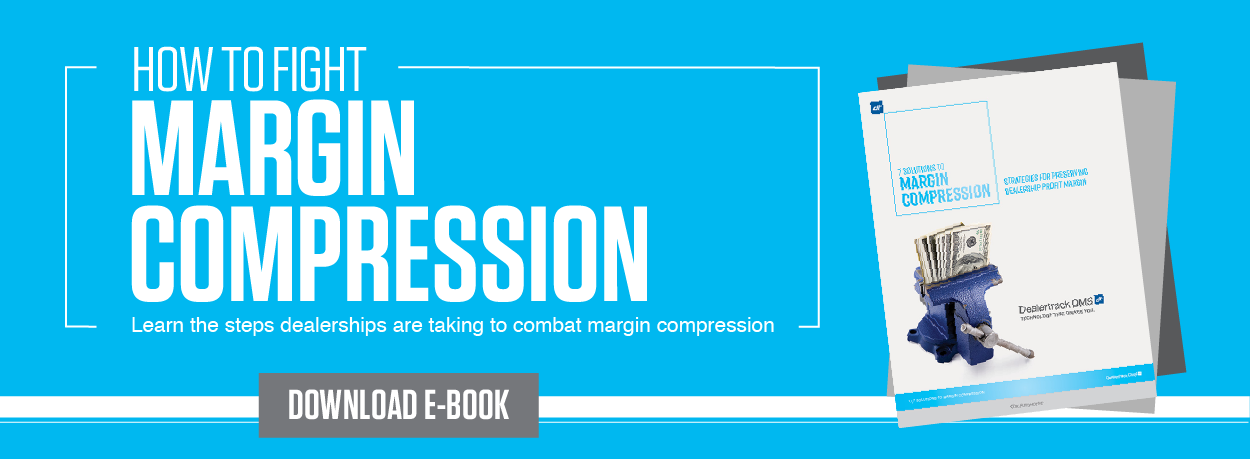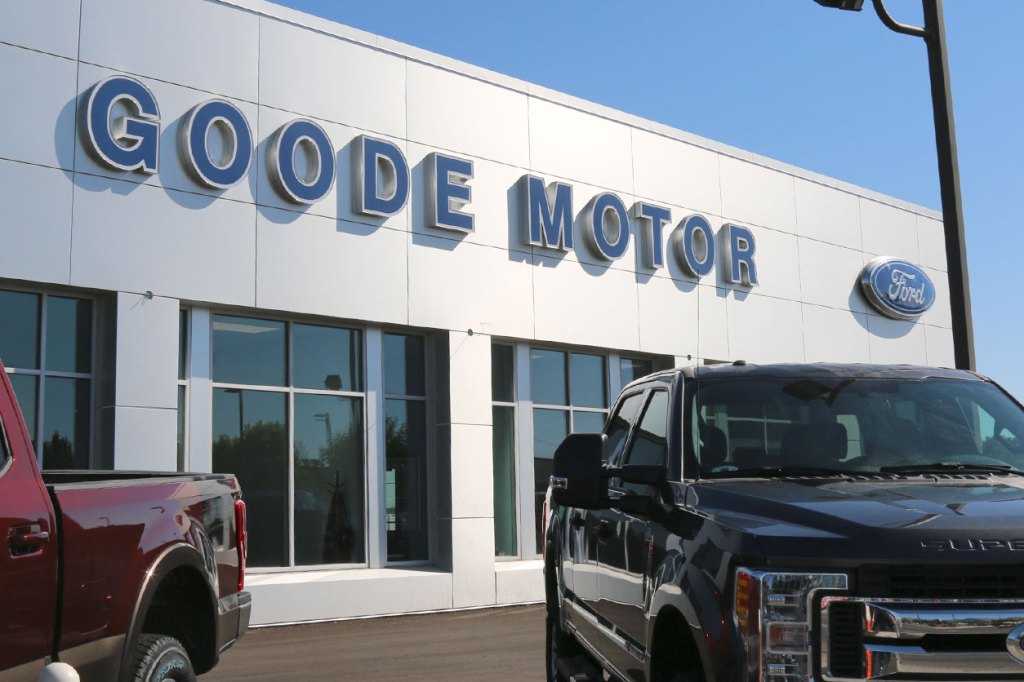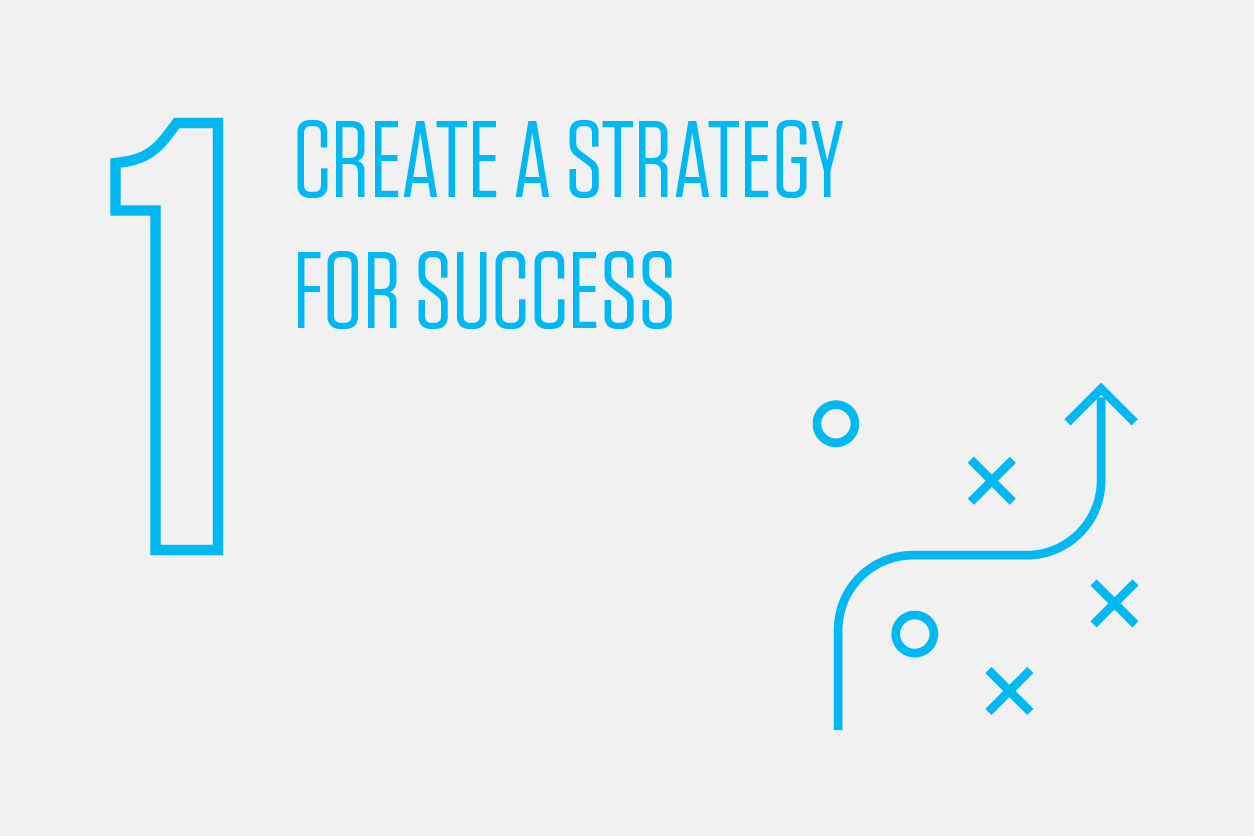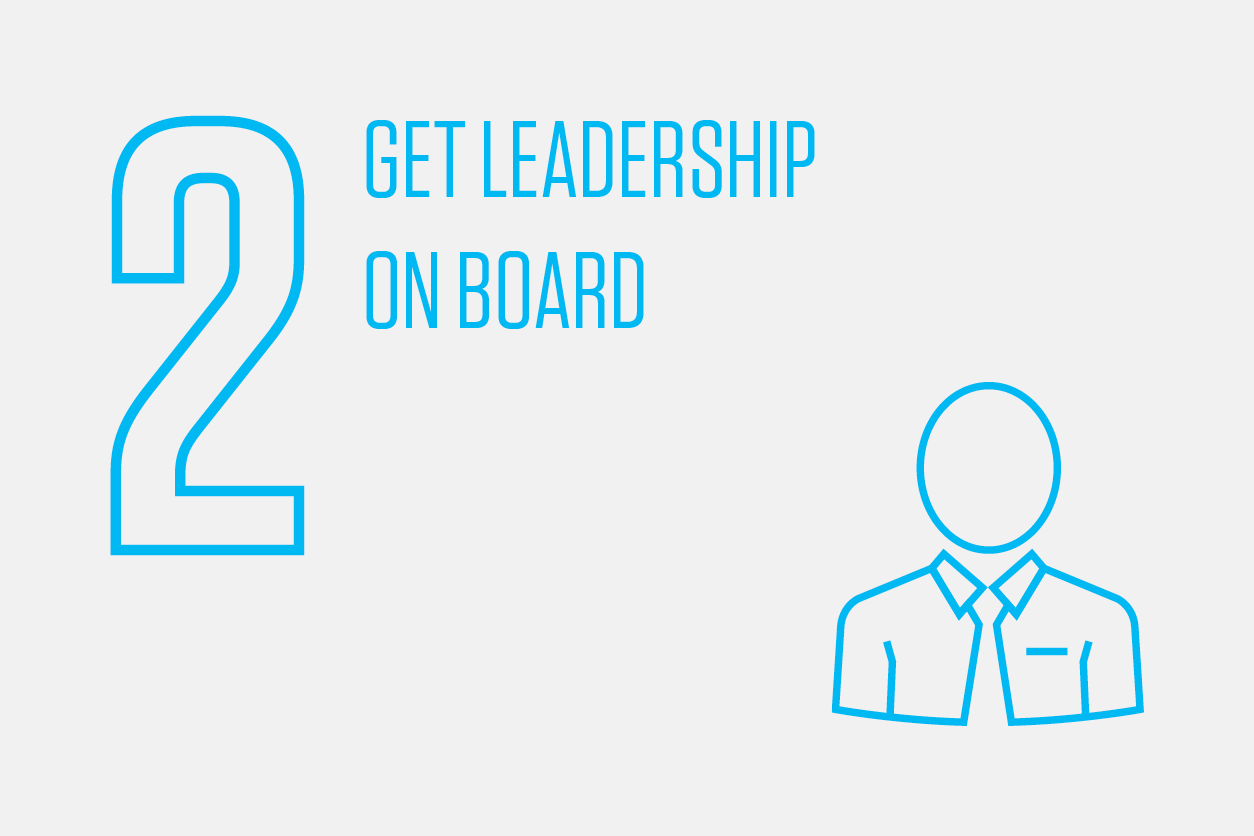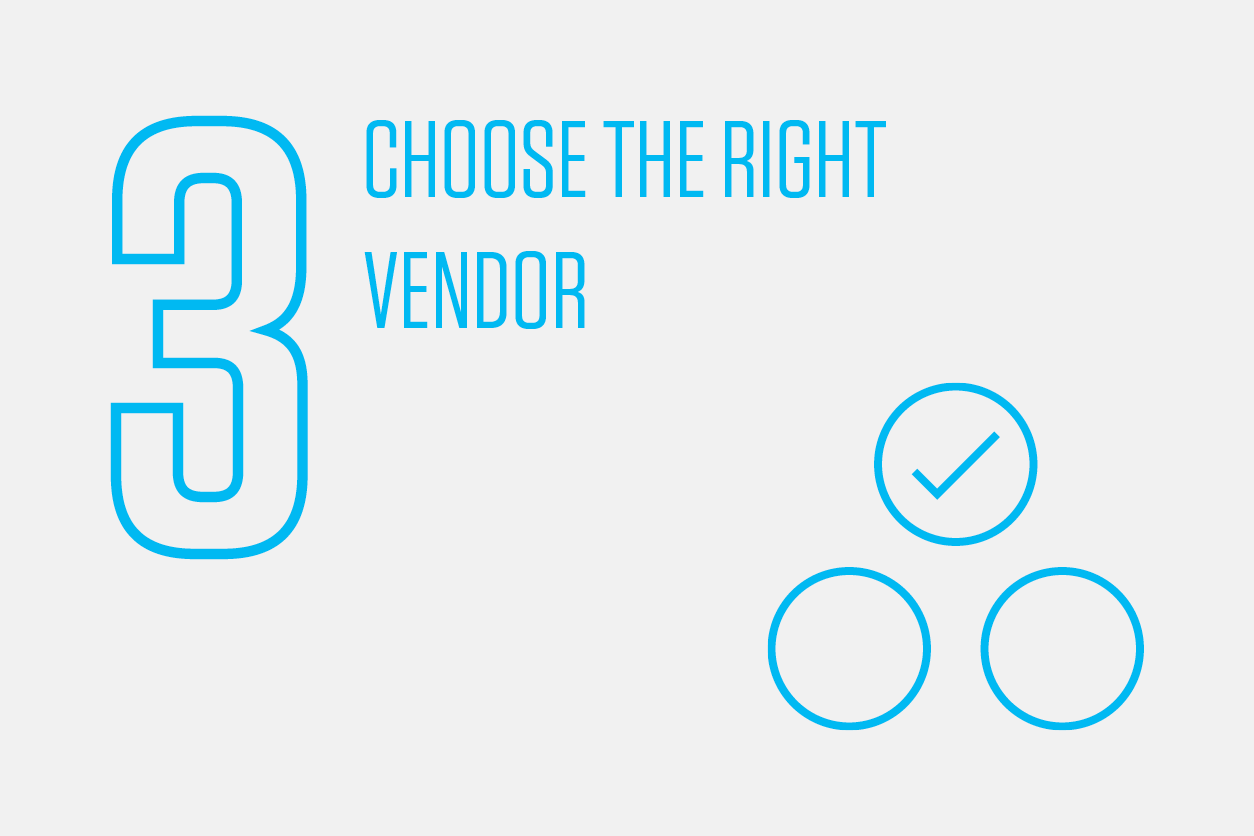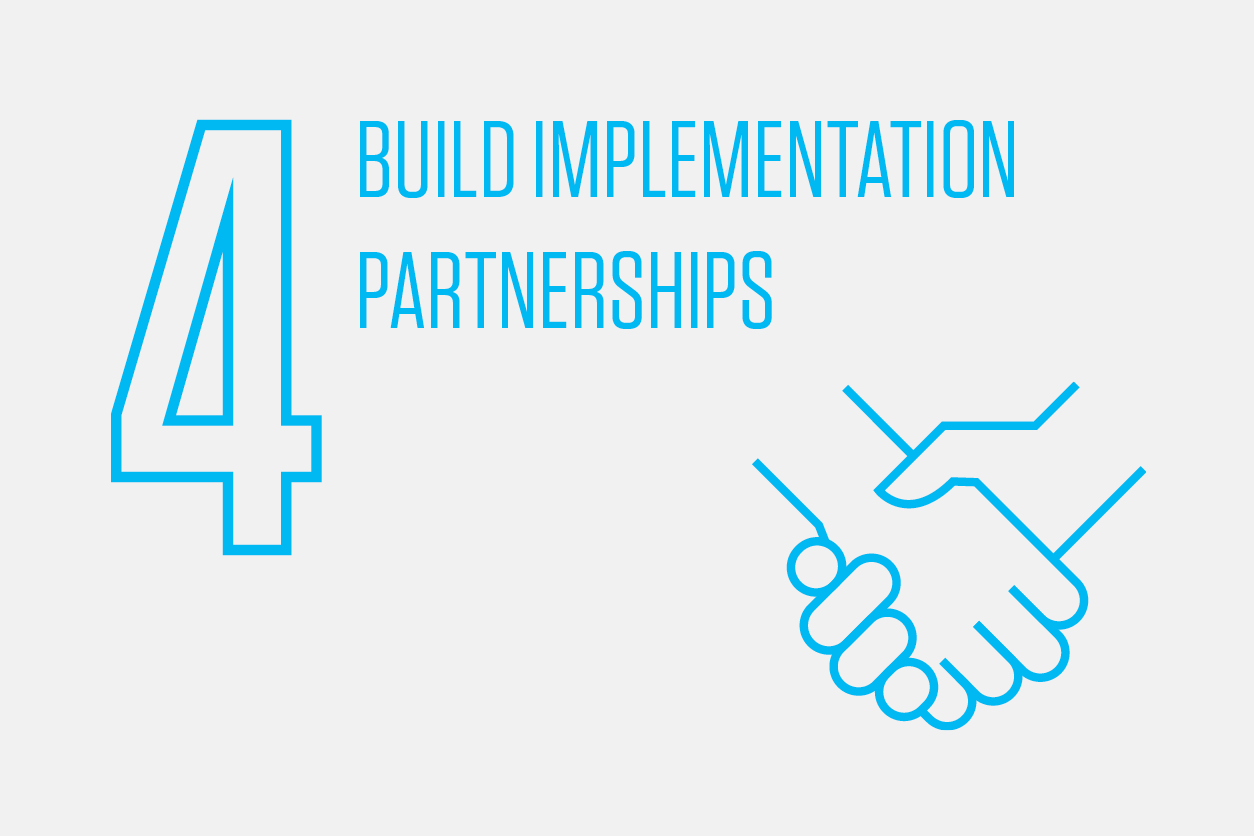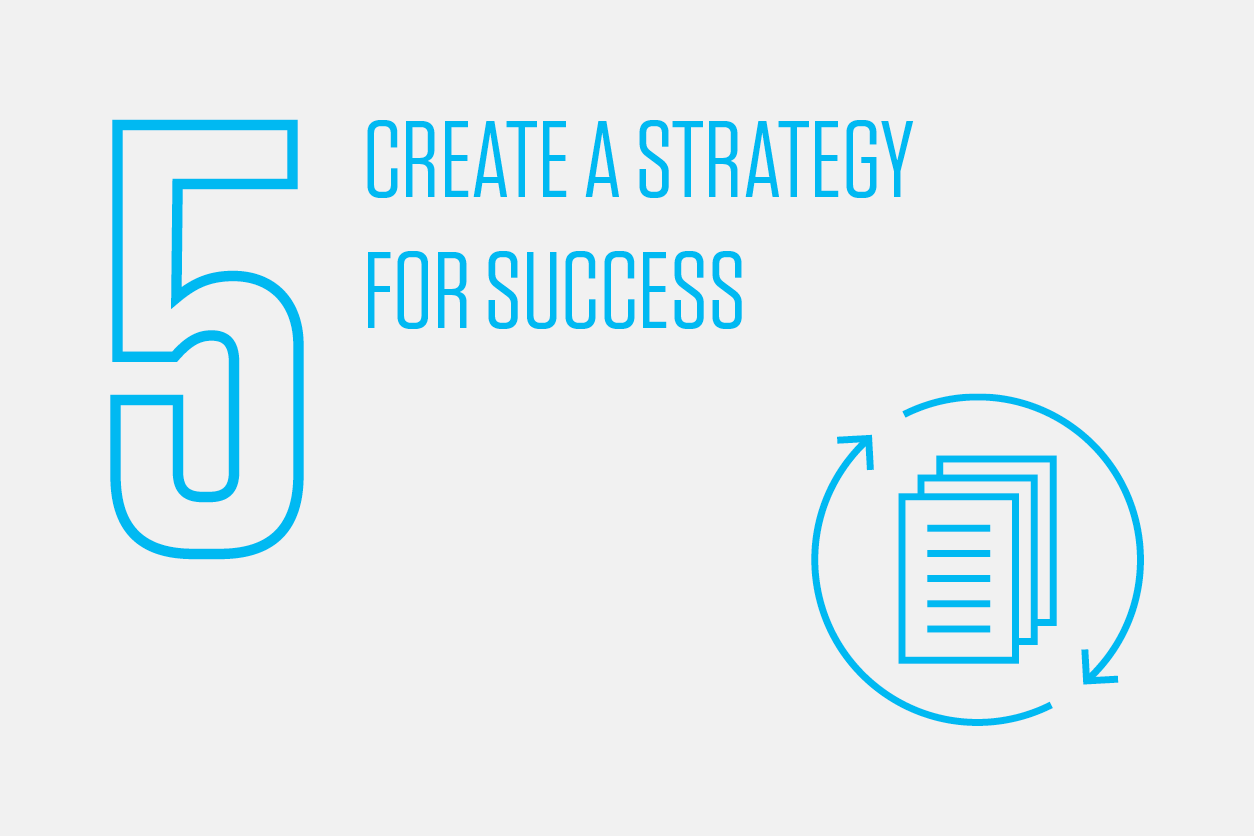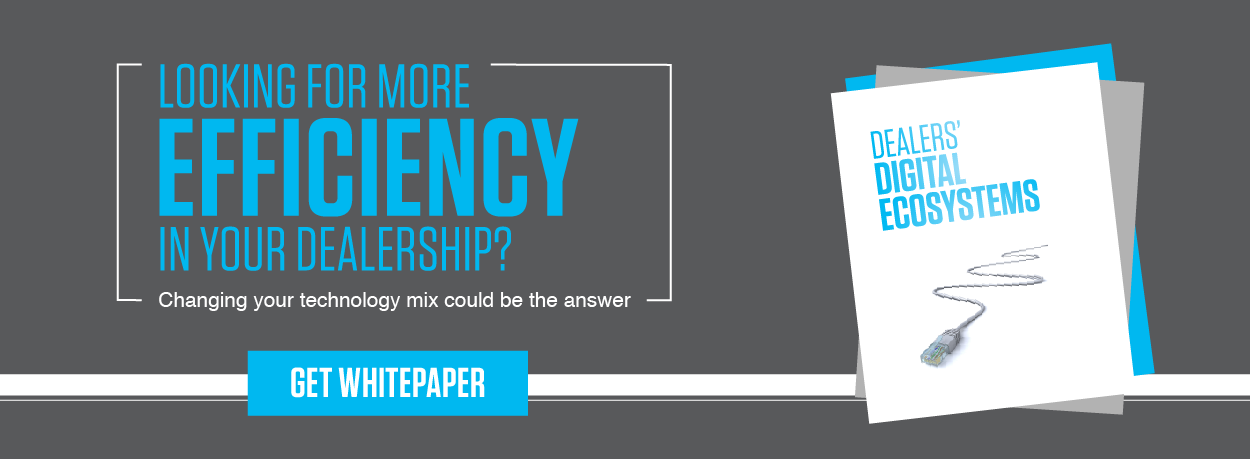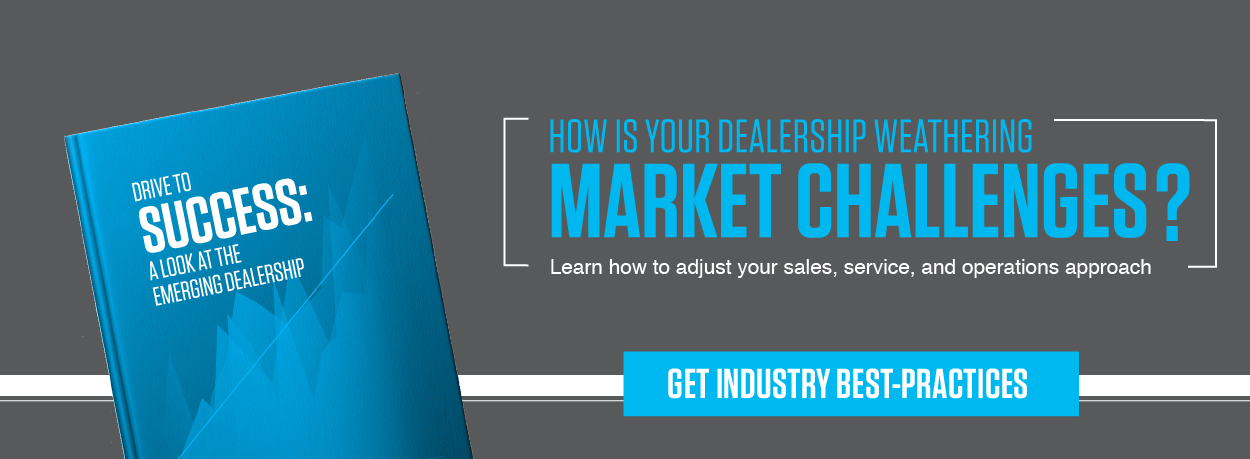Choosing a DMS provider is a big process, but the transition itself can be (practically) painless when you select the right fit. Your best bet, according to this on-demand webinar from John Grace Vice President of Fixed Ops and DMS of Cox Automotive, is to choose the right technology vendor. The key is to ensure your vendor passes the following Top Ten Technology Checklist:
#10 – Ease-of-Use: Technology should save time—not create more hassle. Ask yourself (and your vendor), honestly, if the platform, tool, or technology is designed to make your life easier. Does it offer all the functionality I need? Is it easy for everyone on my team to pick up?
#9 – Flexible: Can you use the technology when, and where you need it? Or, is your team required to log into an on-premises server? Do you need multiple instances of the technology to run multiple rooftops? Do the systems “speak” to each other?
#8 – Real-Time Data: Sure, everything updates almost instantly. But, what about your third-party vendors. If you’re using a DMS that doesn’t allow all players to update in real-time, then what is the point?
#7 – Open Integration: You will use an array of solutions to build your network of tools within the dealership. Does everything work with your DMS, or do they require inflammatory (and pointless) fees?
#6 – Flexible Contract Terms: What if your DMS provider no longer fits your needs? Will you be tied to a system that you dislike for a period of months (or years) because you signed a long contract? Or, do you have the freedom to do business your way?
#5 – A Committed Team: How knowledgeable is the team assigned to assist you? Will they help you get the most out of your DMS, or are they salespeople in disguise?
#4 – Solutions-Oriented Structure: Are you limited by the technology, or are you free to interact with it the way your technologists, staff, and key team members prefer?
#3 – Proactive Support: Every DMS provider has a 1-800 number for emergencies. But, what about on-going training, learning initiatives, and summits? What programs do they offer to build a community for you and other users to get the most out of their product?
#2 – Long-Term Fit: Is your provider invested in your dealership’s growth potential and strategy? What about your key business objectives?
#1 – People You Trust: At the end of the day, it’s the team, not the technology, that matters most. Trust your gut and go with someone you trust.
Technology is everywhere in your dealership. You shouldn’t feel like you’re on your own when it comes to implementation or on-going maintenance. Make sure your DMS provider is a good fit with the advice in John Grace’s webinar—available here.


